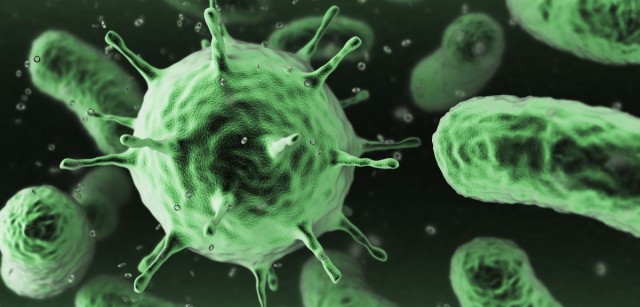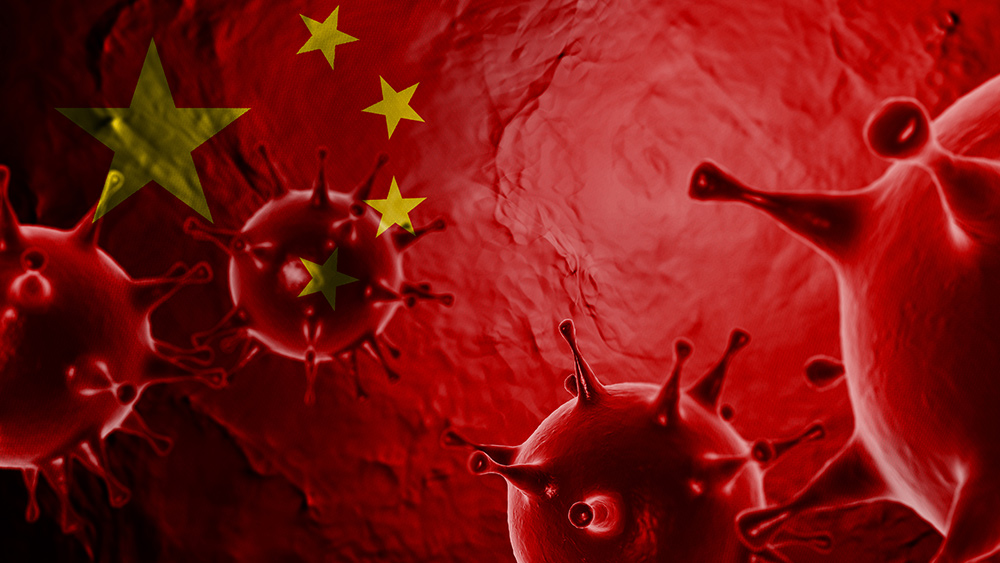
Advertisement
It has recently been discovered that the multidrug resistant bacterium, Pseudomonas aeruginosa, is capable of exploding, which could explain how the superbug becomes infectious and paves a new path for how scientists control antibiotic resistant infections.
When these bacteria conglomerate on a surface, like an open wound, they form a substance known as biofilm, which the bacteria use for food and to infect the host. The biofilm is comprised of free floating bacteria, DNA, RNA, proteins and liquid inside bacterial cells.
Until recently, scientists didn’t understand the mechanics that underpin the release of this material into the biofilm. Thanks to the insights of high-resolution live cell microscopy, however, an international team of microbiologists led by scientists from University of Technology Sydney’s ithree institute discovered that some bacteria release their internal contents by exploding.
“When most people think about bacterial cell death, they think of the cell dying and their contents slowly leaking out, similar to what you would see with a piece of fruit rotting,” said lead researcher and associated professor, Cynthia Whitchurch. “What’s so amazing about this discovery is that we now know the bacteria have a process that enables them to actively explode, and therefore efficiently release all of their internal contents, making these available for use by the remaining members of their community,” she added.
A growing threat
Pseudomonas aeruginosa infections are a growing threat in hospitals, especially for people vulnerable to infections, like newborns, the elderly, surgical and cancer patients. The superbug is resistant to multiple antibiotics, and has fueled a spike in mortality rates in hospitals across the globe.

It is important to understand the mechanics behind the explosion, because once the contents of the bacterium are released, they are used by other bacteria to create biofilm as a source for food.
“We originally thought the extracellular DNA (an important biofilm component) might have been produced through a process where the cells die and slowly leak out their genomic DNA,” said research team member Dr. Lynne Turnbull, who is also from the ithree institute. “But by using a special stain that lights up fluorescently when it detects extracellular DNA, we saw cells that were exploding like starbursts or fireworks of DNA,” she added.
Dr. Turnbull said the Pseudomonas cells experience an amazing change prior to exploding. The whole process takes a mere six seconds. The researchers believe this may be one of the foremost reasons why no one else had previously noticed the tiny explosions.
“The normal bacteria look like little rods or pills,” she said. “One day, as we looked under the microscope, we saw one of the cells turn from a hard, structured rod into a round, soft ball. Within a few more seconds, it then violently exploded—it’s amazing how quickly it happens and is likely the reason it hasn’t been observed before,” she said.
Going out with a bang
The researchers also investigated the mechanism responsible for the explosion. They found Pseudomonas has taken advantage of a gene from a virus that usually infects bacteria, which causes rapid cell death. In other words, the bacteria are using a trait of an invader for personal gain.
“You wouldn’t think that having a continuous viral infection was a good thing but the viral DNA in the genome of the bacteria is providing an advantage to the population – it’s being maintained for a reason,” said Whitchurch.
The team will now invest their efforts into understanding the role exploding cells play in infections. They believe their research will shed light on biofilm infections and how to address the growing problem of antibiotic resistance.
“We think there will be a two pronged approach: one is to prevent the biofilms being produced by stopping bacterial explosions, but if we can’t prevent it, then the second approach will be to induce the process that cause the bacteria to explode, so they all die en masse causing the infection to clear,” Whitchurch said
Sources include:
Submit a correction >>
This article may contain statements that reflect the opinion of the author
Advertisement
Advertisements















